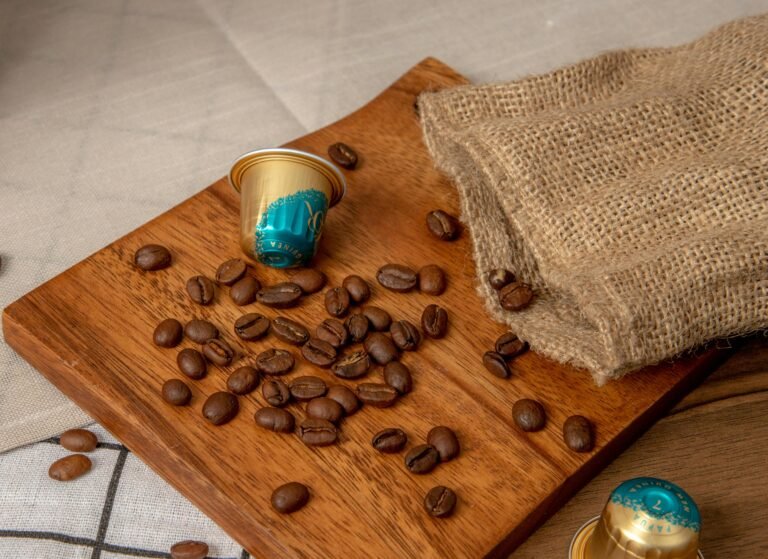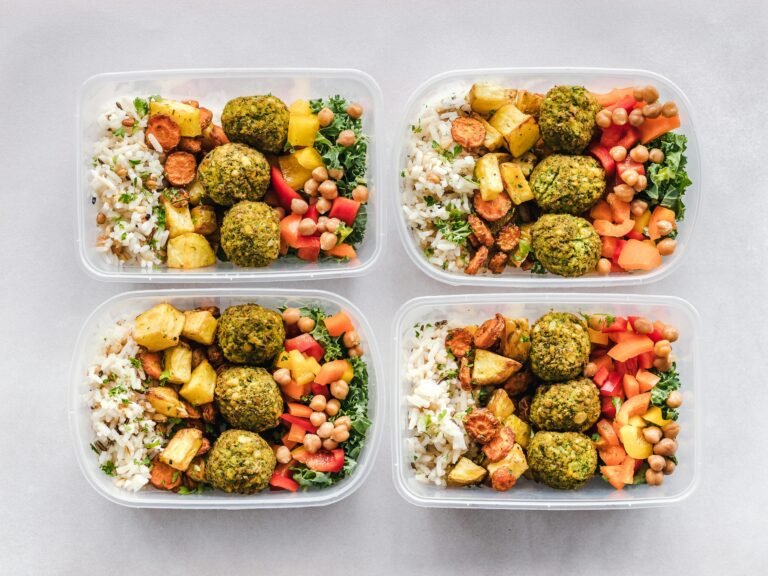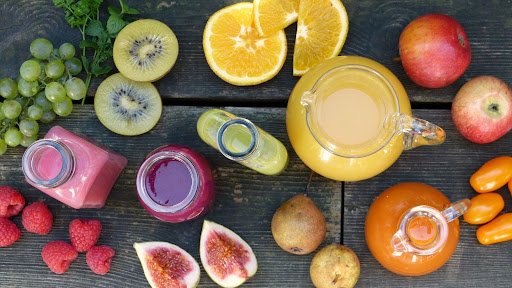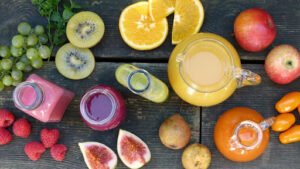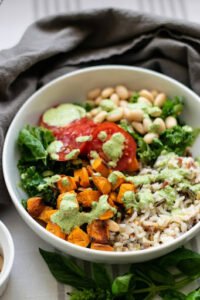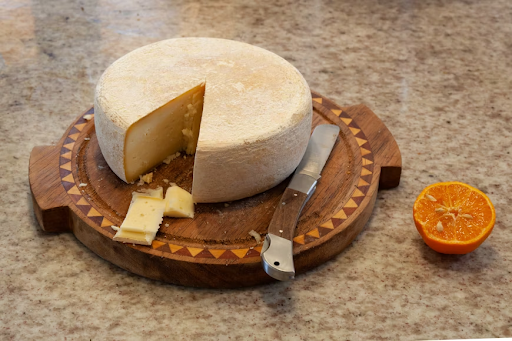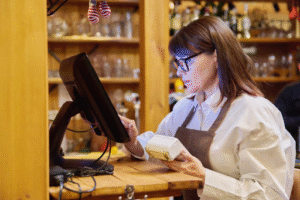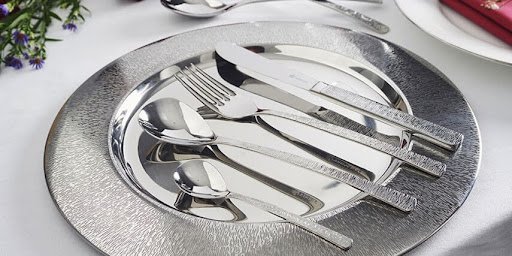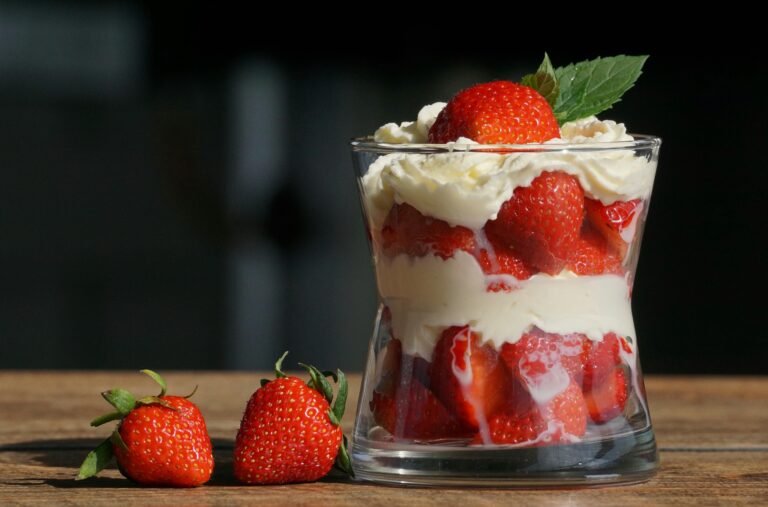
Coffee Pods have changed how you make your morning cup: faster, cleaner, and perfectly brewed every time. Whether rushing out the door or taking a slow weekend morning, pods bring that café-style taste right into your kitchen. But it’s not just about convenience anymore. In this article, you will learn how coffee pods are reshaped, bringing freshness and even eco-friendly options into everyday life.
Busy Day Comfort That Endures
One of the factors driving coffee pods as the new kitchen essential is how they simplify the brewing process. No measuring coffee or waiting for the whole pot; just pop in a pod, hit a button, and later you have your coffee. That speed is perfect for hectic mornings or a speedy afternoon respite. It’s a total game-changer for anyone pressed for time and looking to keep things quick and hassle-free.
Every Cup Tastes Just Right
A cup of coffee might taste strong for one batch and, the next day, weak or bitter. Each pod has exactly the right quantity of coffee sealed in and provides a freshly brewed taste with a consistent performance taste profile every time. You know exactly what you’re getting when you drink a cup: smooth, balanced, and consistent. It is consistency that was a pipe dream for most home brewers before pods.
Freshness Locked In
Ground coffee begins to dissipate its flavour when air or moisture comes in contact. The beans are air-sealed after the roasting and grinding are complete, preserving all that aroma and flavour until you pour. Even though the box has been sitting in your pantry for weeks, your coffee still tastes freshly roasted. Some good brands provide small batches so that every pod is rich and full of flavour.
So Many Flavours to Choose From
Another major reason why pods have now taken off is that they actually come in a variety. With coffee pods, you’ll have a bold espresso, a smooth lungo, or even some fun flavours like caramel or hazelnut. Switching from blend to blend is easy, so you never get stuck with one giant bag of beans. For households with diverse coffee preferences, pods allow everyone to drink what they want.
Eco-Friendly Choices Are Getting Better
Keep in mind that coffee pods used to be notorious for being wasteful, but that’s quickly changing. Choosing these eco-friendly alternatives allows you to enjoy your cup of joe guilt-free. The materials biodegrade; less plastic waste, with the same convenience. It’s amazing to see how the coffee industry is transitioning more and more towards sustainable ways to brew without compromising quality or taste.
Fancy Coffee for Less Than a Fancy Latte
A box of coffee pods, compared with café prices – you can see how quickly their convenience pays off. A single pod costs a fraction of the price of a takeaway coffee but with all that barista-quality flavour. You can have your own espresso at home with excellent quality for time-saving and money-saving. If you’re a person who drinks multiple cups per day, those savings really do pile up over time.
A Cleaner, Smarter Way to Brew
Coffee pods keep things neat. There’s no grinding, no filters and no aimless coffee dripping on your counter. When you use a pod machine, and in many cases even with premium home versions, the machines are small and easy to clean. Also, the whole thing just feels smarter, tidier, and more enjoyable, which means you can spend less time scrubbing your coffee and more time savouring it.
The Best Way To Enjoy Your Daily Cup Of Coffee
Sealed in the freshness, unlimited flavour and eco-friendliness; no wonder this thing’s taken the world by storm. Whether you’re looking for a bold espresso in the morning, to end dinner with an after-dinner coffee or anything in between, there’s a pod that’s right for your cup. Discover the variety of coffee pods, and find out how you can bring café-quality comfort to your day, one delicious cup at a time.
